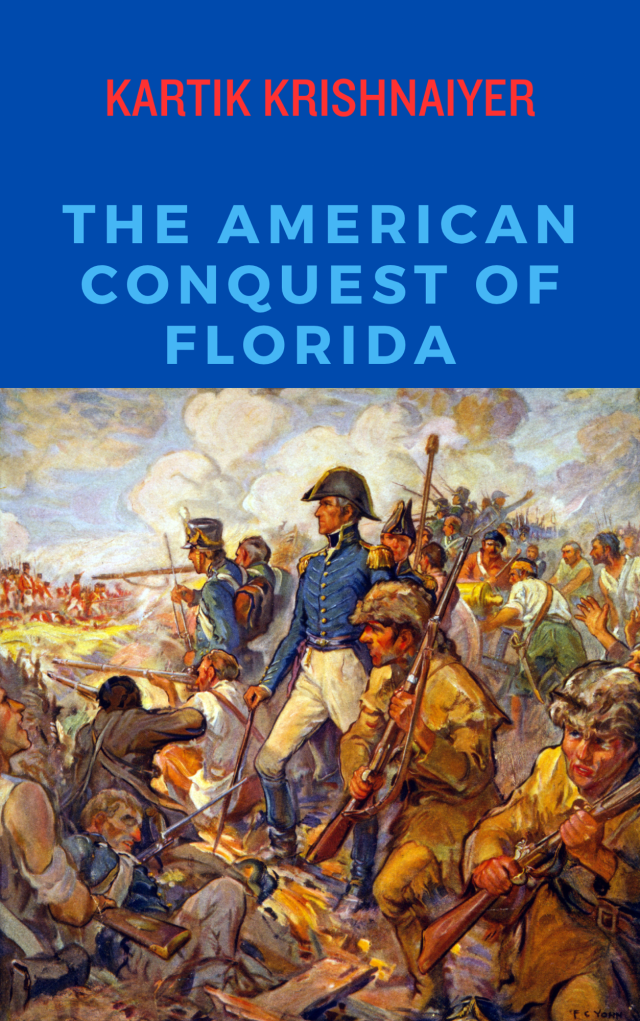The National Hurricane Center last year reclassified the 1935 Keys Labor Day Storm, one of the greatest tragedies in Florida’s History as the strongest storm to ever hit the US mainland. This week we commemorated the 80th Anniversary of the horrible event.
One of the great tragedies of the Labor Day storm was the death of hundreds of World War I veterans who were building the Overseas Railroad as part of the New Deal’s WPA program. This was just a few years after General Douglas MaCarthur had authorized an attack on the bonus army in Washington DC. Many of those veterans who protested ended up in WPA programs and many were tragically killed in this storm.
The loss of life from this storm was entirely preventable but unfortunately the Weather Bureau in Jacksonville was late issuing warnings for the storm because of the holiday weekend and even after the warning were issued, the train that was to rescue workers on the WPA project left Miami several hours late.
Hardest hit were Craig Key, Long Key, Upper Matecumbe Key and Lower Matecumbe Key. The army veterans that were at camps in the Keys were hustled onto trains late – a clear case of bureaucratic inefficiency from a government that had largely maligned them. Caught on the train in the middle of the storm most perished. All toll about 480 people passed in the storm, almost 300 of which were veterans deployed to the area to work.
At the time of the Hurricane, many leading American newspapers including the New York Times and Washington Post had just written stories attacking the army veterans and urging the closure of the camps like those on the Keys providing employment to World War I vets. The indifference of many in government to the plight of these vets mirrored by those leading newspapers that were tied to the political class quite possibly contributed to the slow response to the storm track and then Hurricane Warnings. When President Roosevelt assigned an investigative committee to assess the storm response, the actual critical conclusion was never published. The portions citing three Federal officials based in Florida as negligent was suppressed.
The American Legion in November issued this statement regarding the storm:
the blame for the loss of life can be placed on “Inefficiency, Indifference, and Ignorance.” Inefficiency in the setup of the camps. Indifference of someone in charge as to the safety of the men. Ignorance of the real danger from a tropical hurricane. And these “I’s” can be added together and they spell “Murder at Matacombe” [sic].
[The] committee early in its investigation noticed a tendency on the part of some to reflect on the character of the men who were veterans in the camps. Several parties referred to them as “bums,” “drunkards,” “crazy men,” “riff-raff” and the like. They seem to think that “they got what was coming to them.”
How anyone could arrive at such a conclusion is impossible for us to determine.
If these men were “bums,” “drunkards,” “crazy men” etc. then it was all the more necessary that every precaution be taken to protect them. If they fell into this category they were subnormal men and should have been treated as such. If they were incapable of caring for themselves then the government should have placed them in hospitals and not have sent them to a wilderness in the high-seas on a so called “rehabilitation program.”
Others testified that the men were well-behaved and that a great majority of them would have preferred to have been placed under military discipline in the camps. But these observations are of no real value except to show that some people are trying to “cover up” the real guilt of responsible parties
On September 1, 2010 I took the day off work and drove to the Keys to pay homage to the men and women that perished in this tragedy 75 years earlier. It was an emotional journey that will always stay with me.
The storm when it was reclassified as the the strongest to ever hit the United States surpassed Hurricane Camile, the 1969 Gulf Coast storm whose center hit almost at the exact same location as Katrina would in 2005. But Camile was tight, powerful killer which hardly impacted New Orleans but ravaged the Mississippi coast. The storm also killed over a hundred people in small rural county in Virginia (Nelson County) when flash flood hit that area in the mountains.
Hurricane Andrew which hit South Dade County in 1992 remains the third strongest US storm on record. The Labor Day Storm, Camile and Andrew remain the only three storms to hit the US mainland at Category 5 intensity.








My dad’s boss in the Coast Guard during the 1970’s was a fellow named Bob Hart. As a young officer in the Lighthouse Service, Hart visited Lower Matecumbe immediately after that storm in 1935. He described the scene like he was visiting the moon. Everything was gone, except for a palm tree in which he spotted a small monkey clinging to the side of it. This was the only survivor he found. Dad thought a lot of Hart, and often told this story.
LikeLike